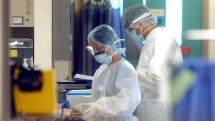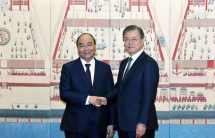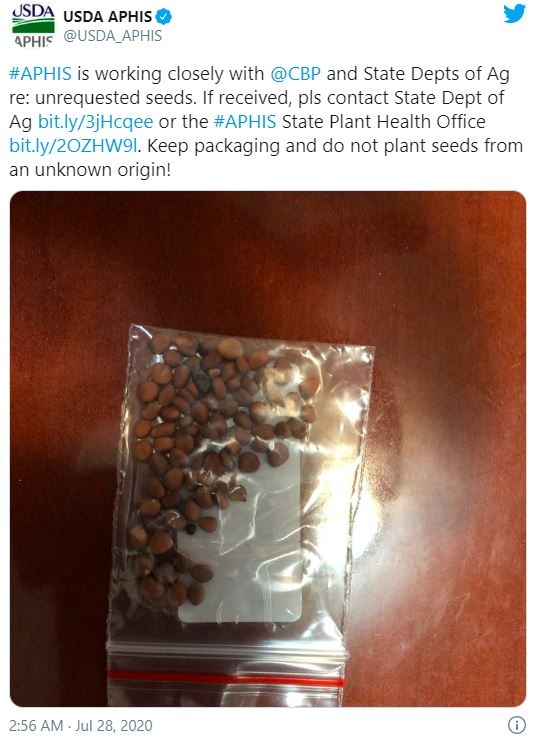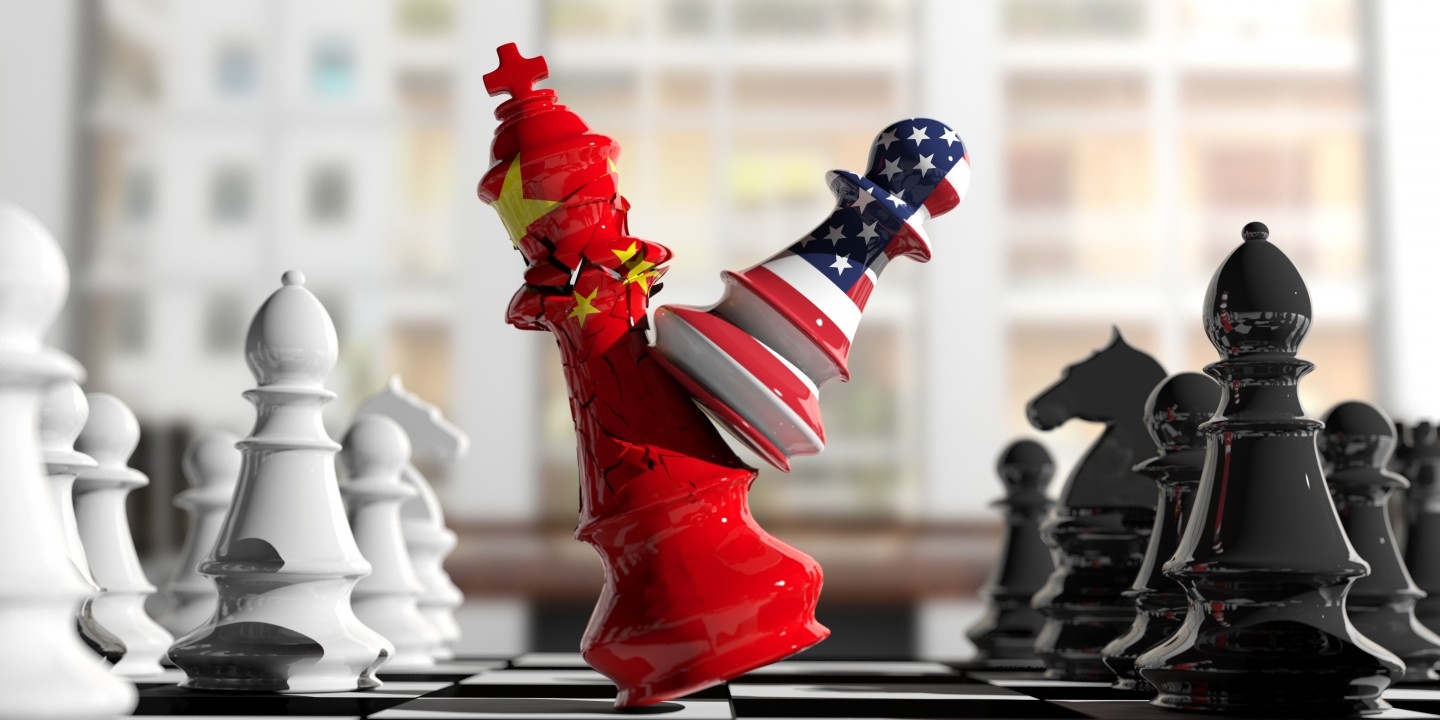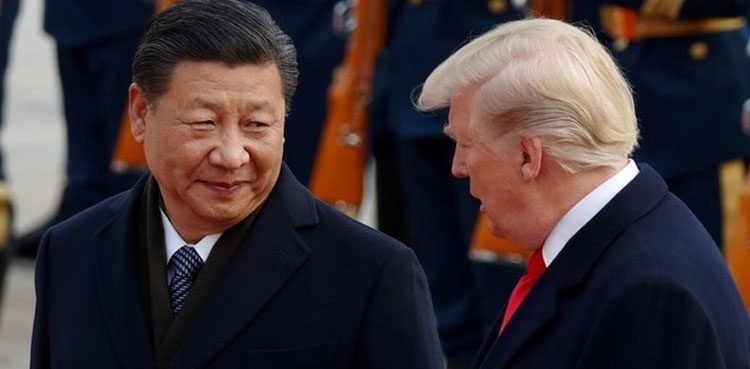What's in US-China "phase one" trade deal?
| First death from China’s Wuhan pneumonia outbreak | |
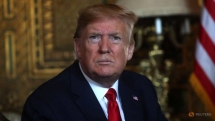 | US-China "phase one" trade deal to be signed on Jan 15: Trump |
| Vietnam, RoK to raise bilateral trade revenue to 100 billion USD |
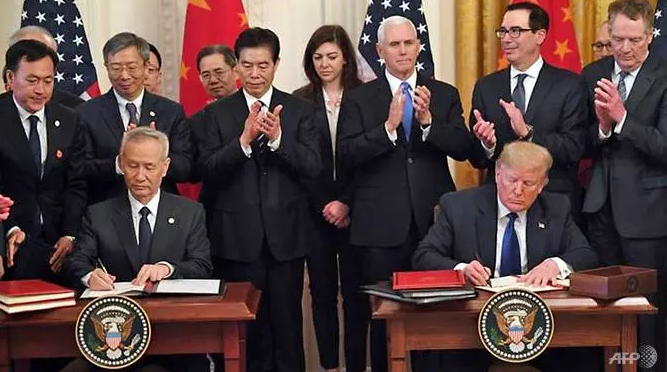 |
| Chinese Vice Premier Liu He (left) and US President Donald Trump (right) sign a trade agreement between the US and China in the East Room of the White House in Washington, DC. (SAUL LOEB/AFP) |
According to AFP, the United States and China on Wednesday (Jan 15) signed a trade truce which President Donald Trump called "momentous."
The US President signed the deal with China's Vice Premier Liu He, who has led Beijing's negotiations with US Trade Representative Robert Lighthizer and Treasury Secretary Steven Mnuchin.
However, tariffs on hundreds of billions of dollars in goods remain in place - on two-thirds of the over USD500 billion in imports from China.
The "phase one" agreement includes pledges from China to beef up purchases of American crops and other exports for two years, provides some protections for US technology, and new enforcement mechanisms that allow Washington to quickly impose penalties, which Beijing cannot respond to.
"Today, we take a momentous step, one that's never taken before with China," that will ensure "fair and reciprocal trade," Trump said at the White House signing ceremony.
Trump also thanked Chinese leader Xi Jinping and said he would visit China in "the not-too-distant future."
"Negotiations were tough on us," Trump said, but they led "to this really incredible breakthrough." But he said he will only remove tariffs "if we're able to do phase two. I'm leaving them on. Otherwise we have no cards to negotiate with."
In a letter to Trump read by Liu, Xi said the deal is "good for China, for the US and for the whole world."
However, the most difficult issues remain to be dealt with in "phase two" negotiations, including massive subsidies for state industry.
After announcing the deal on Dec 13, the United States cancelled a damaging round of new tariffs that were due to kick in two days later and also promised to slash in half the 15 per cent tariffs on USD120 billion imposed Sep 1 on consumer goods like clothing.
That reduction will take effect in 30 days, when the deal enters into force, a senior administration official told reporters.
But Chad Bown, a trade expert with the Peterson Institute for International Economics, noted that the average US tariff on China over the course of trade war has surged from three percent at the beginning of 2018 to over 19 per cent, even after the phase one deal.
The official said China has not made any specific commitments to cut tariffs it has imposed on US goods in retaliation.
But Beijing agreed to import an additional USD200 billion in US products over two years, above the levels purchased in 2017, before Trump launched his offensive, including an additional USD32 billion in agricultural goods.
Washington will be monitoring the purchases so China will have to make sure that "nothing with tariffs or non-tariff barriers prevent that from happening," the official said.
Soybeans exports to China plunged to just USD3 billion from more than USD12 billion in 2017 and the Trump administration paid out USD28 billion in aid to American farmers, who were hit hard by the tariff war in the last two years./.

